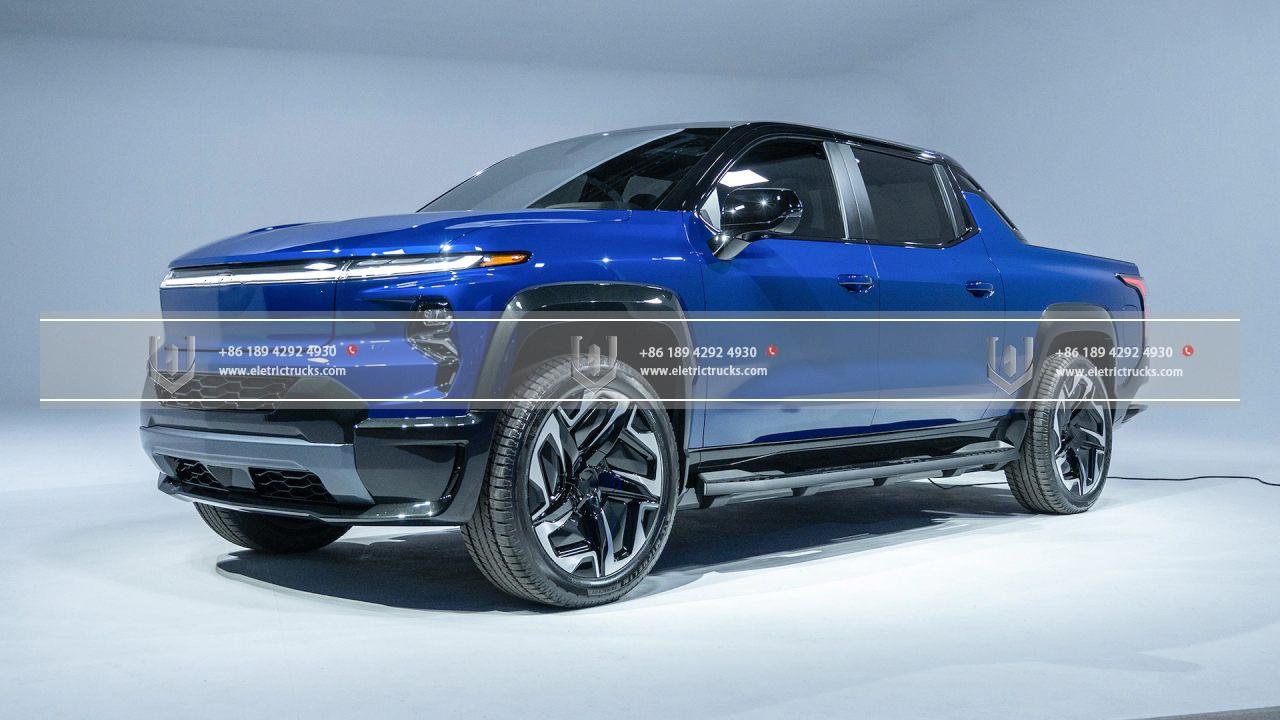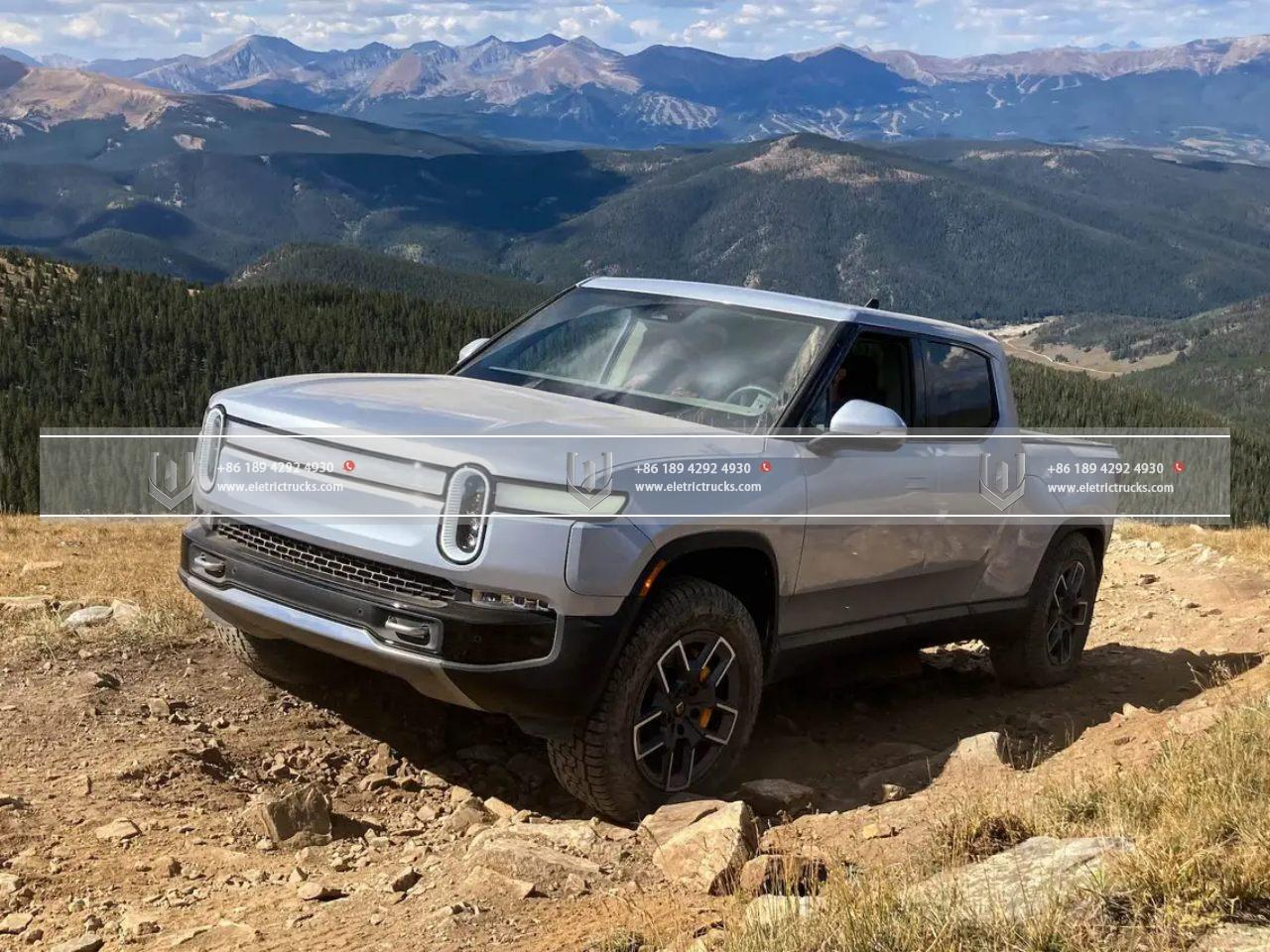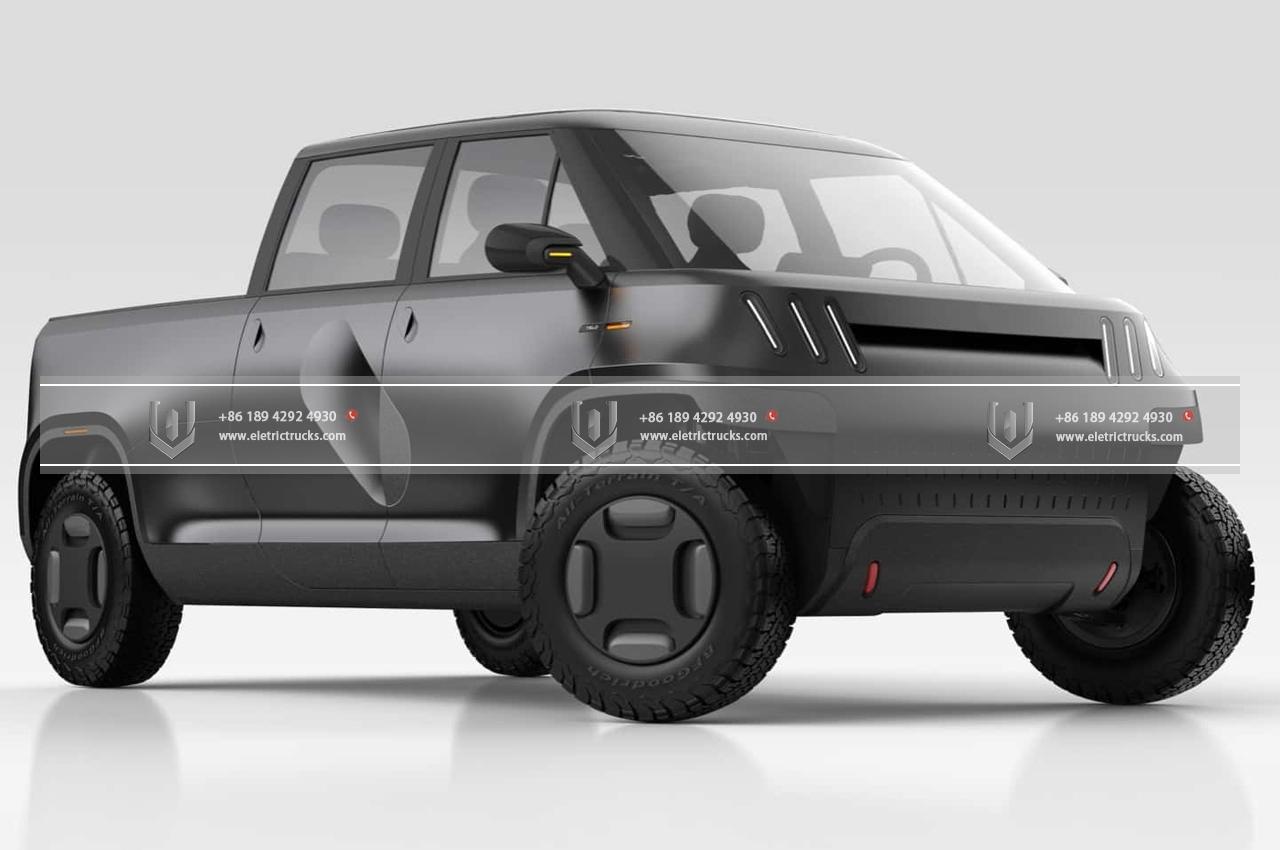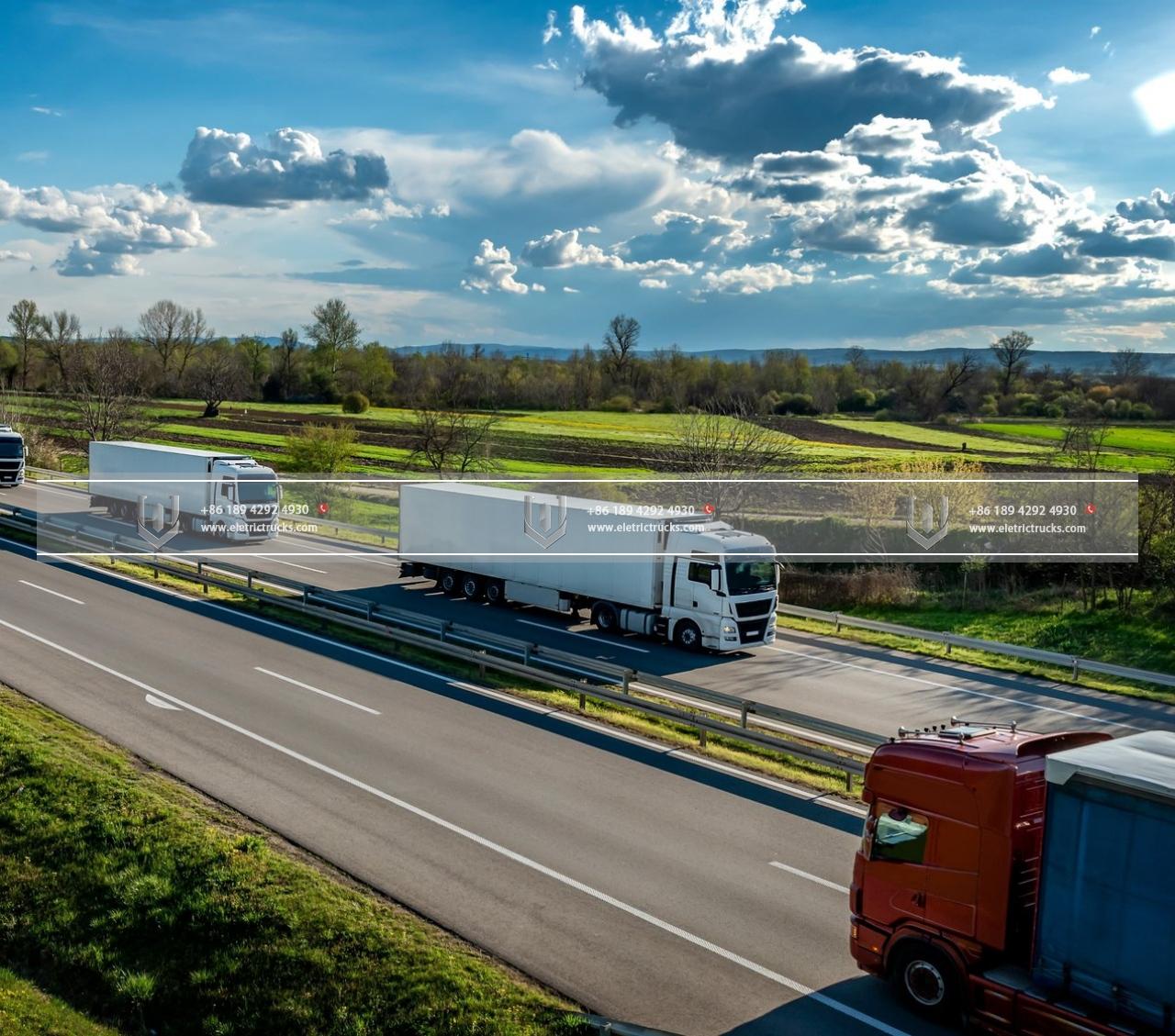Kunnskap til elektrisk lastebil
The Electric Truck Frontier: Innovasjoner og utfordringer fremover
De bilindustrien is undergoing a transformative shift towards sustainable transportation, og elektriske kjøretøy (elbiler) are at the forefront of this revolution. Mens elbils have gained significant attention, there is another segment of the market that is also making rapid progress: elektrisk lastebils. With their potential to revolutionize the transportation of goods, elektrisk lastebils are opening up a new frontier of innovation. Imidlertid, as with any emerging technology, there are significant challenges that need to be addressed to realize their full potential.
Elektrisk lastebils offer numerous advantages over their traditional diesel counterparts. One of the most significant benefits is their environmental impact. By replacing fossil fuel-powered engines with elektrisk motors, these trucks produce zero tailpipe emissions, resulting in cleaner air and reduced greenhouse gas emissions. With the transportation sector being a major contributor to global emissions, the adoption of elektrisk lastebils can play a crucial role in bekjempe klimaendringer.
In addition to miljømessige fordeler, elektrisk lastebils also offer economic advantages. Electric motors are more energy-efficient than internal combustion engines, resulting in lower operating costs over the lifetime of the vehicle. Elektrisk lastebils have fewer moving parts, reducing maintenance requirements and costs. Videre, with advancements in batteriteknologi, the range of elektrisk lastebils has been steadily increasing, enabling longer-haul journeys without compromising performance.

Several major players in the bilindustrien have recognized the potential of elektrisk lastebils and are investing heavily in research and development. Tesla, known for its electric cars, has unveiled its Tesla Semi, an all-electric tung lastebil with impressive specifications. The Semi boasts a range of up to 500 miles on a single charge and acceleration that outperforms diesel trucks. Other companies, such as Rivian og Nikola, are also making strides in the electric truck market, with innovative designs and features tailored to meet the demands of commercial operations.
Imidlertid, despite the progress made in the electric truck sector, several challenges need to be overcome for utbredt adopsjon. One of the primary concerns is the infrastructure required to support elektrisk lastebils. I motsetning til elbils, which can be charged at home or public charging stations, elektrisk lastebils require high-capacity charging infrastructure capable of handling the energy demands of larger vehicles. Developing a network of fast-charging stations along major transportation routes is essential to enable long-haul trucking med minimal downtime.
Another challenge is the weight and size of the batteries. Elektrisk lastebils need large battery packs to provide sufficient range and power, but these batteries can significantly increase the weight of the vehicle, impacting payload capacity. Advancements in battery technology, such as higher energy density og faster charging capabilities, are crucial to mitigate these challenges. I tillegg, improvements in battery recycling and second-life applications can help reduce the environmental impact of battery production and disposal.

The cost of elektrisk lastebils is another hurdle that needs to be addressed. Currently, elektrisk lastebils come with a higher upfront cost compared to their diesel counterparts, mainly due to the cost of batteries. Imidlertid, som batteriteknologi continues to improve and economies of scale are realized, the price of elektrisk lastebils is expected to decrease, making them more accessible to fleets and individual truck owners.
Regulatory frameworks and incentives also play a vital role in promoting the adoption of electric trucks. Governments can provide financial incentives, such as tax credits or grants, to offset the higher upfront costs of elektrisk lastebils. They can also implement stricter emission regulations, phasing out diesel trucks over time, and encouraging the transition to electric alternatives. Collaboration between governments, industry stakeholders, and infrastructure providers is essential to create a supportive ecosystem for elektrisk lastebils.
Dessuten, the deployment of elektrisk lastebils can have a significant impact on the overall energy grid. The increased demand for electricity from charging a large fleet of elektrisk lastebils must be carefully managed to ensure grid stability. Innovative solutions such as smart charging, vehicle-to-grid (V2G) teknologi, og renewable energy integration can help optimize the charging process and balance the electricity demand.

One potential area of innovation in elektrisk lastebils is autonomous driving technology. The combination of elektrisk fremdrift og autonomous capabilities har potensial til å revolusjonere lastebilbransjen. Autonom elektrisk lastebils kan enhance efficiency and safety by optimizing routes, reducing idle time, and minimizing accidents caused by human error. Companies like Waymo and TuSimple are already testing autonomous electric truck prototypes, bringing us closer to a future where goods are transported by self-driving, emission-free vehicles.
Another aspect that requires attention is the development of specialized elektrisk lastebils for specific industries. Different sectors, som logistikk, konstruksjon, and waste management, have unique requirements that must be considered when designing elektrisk lastebils. Customized solutions, such as trucks with specialized cargo compartments or heavy-duty capabilities, will be crucial in ensuring the widespread adoption of elektrisk lastebils across various industries.
Videre, the transition to elektrisk lastebils also offers opportunities for job creation og economic growth. As the demand for elektrisk lastebils increases, there will be a need for skilled workers in manufacturing, vedlikehold, and charging infrastructure installation. Governments and educational institutions should collaborate to develop training programs that equip individuals with the necessary skills to thrive in the emerging electric truck industry.

Addressing the environmental impact of the manufacturing process is another challenge to overcome. The production of elektrisk lastebils involves mining and processing raw materials, such as lithium and cobalt, which raises concerns about resource depletion and potential environmental degradation. Manufacturers should prioritize sustainable and ethical sourcing practices, as well as invest in research and development to find alternative materials with a lower environmental footprint.
Public perception og acceptance of electric trucks also play a crucial role in their successful integration. Educating the public about the benefits of elektrisk lastebils, dispelling myths, and addressing concerns about range anxiety and charging infrastructure are important steps in encouraging acceptance and adoption. Demonstrating the reliability, ytelse, and cost-effectiveness of elektrisk lastebils through pilot programs and real-world success stories can help build confidence among fleet operators and individuals.
Avslutningsvis, de elektrisk lastebil frontier holds immense potential til revolutionizing the transportation of goods. With their environmental, økonomisk, and technological advantages, elektrisk lastebils are poised to become a prominent player in the commercial vehicle market. Overcoming challenges related to infrastructure, batteriteknologi, cost, regulations, and public perception will be crucial to accelerating the adoption of elektrisk lastebils. Through collaboration, innovation, and supportive policies, we can pave the way for a future where elektrisk lastebils dominate our roads, reducing emissions, improving air quality, and driving us toward a more sustainable and efficient transportation system. De elektrisk lastebil frontier beckons and it is up to us to embrace the challenge and seize the opportunities it presents.

